Articles Common Groin Injuries
We have compiled a list of common groin injuries. It is important to accurately diagnose and identify the cause of these injuries as this will direct treatment to ensure the best outcomes.
Common Groin Injuries- Pain Arising from Surrounding Structures
The lower back and hip joint often refer pain into the groin area (please see our articles on “common lower back and hip injuries”). It is important to have a thorough assessment to identify the source of the symptoms.
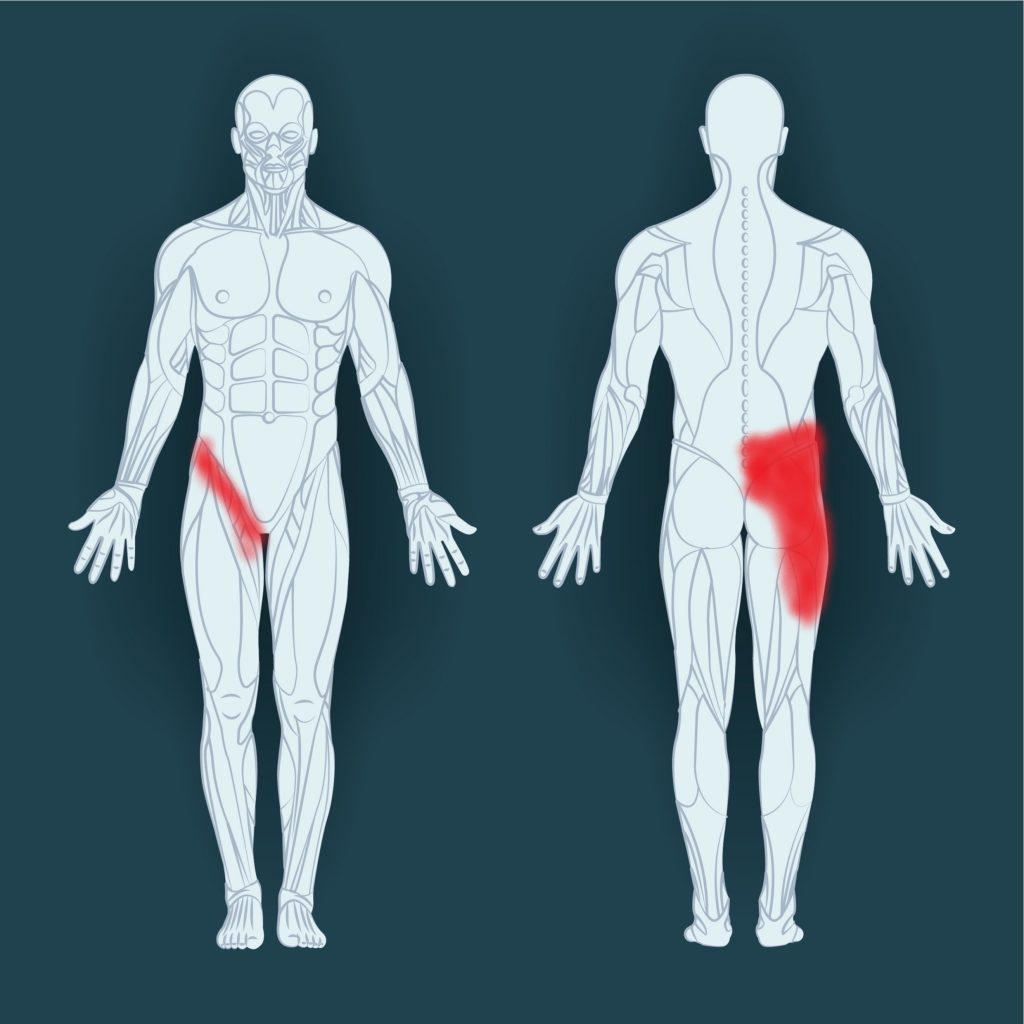
Common Groin Injuries- Hip Flexor Strain (Iliopsoas)
The hip flexors are a group of muscle located at the front of the hip and assist with lifting the leg (i.e. marching motion). Injuries can be due to inactivity (i.e. sedentary occupation), overuse (i.e. playing sport) or sudden trauma (i.e. leg suddenly slipping backwards). This can give rise to pain and stiffness over the front of the thigh and groin.
Symptoms can include pain/weakness with swinging motions of the leg (i.e. kicking, running), pain striding out (i.e. walking fast, sprinting), stiffness with prolonged sitting and pain/weakness with lifting the leg.
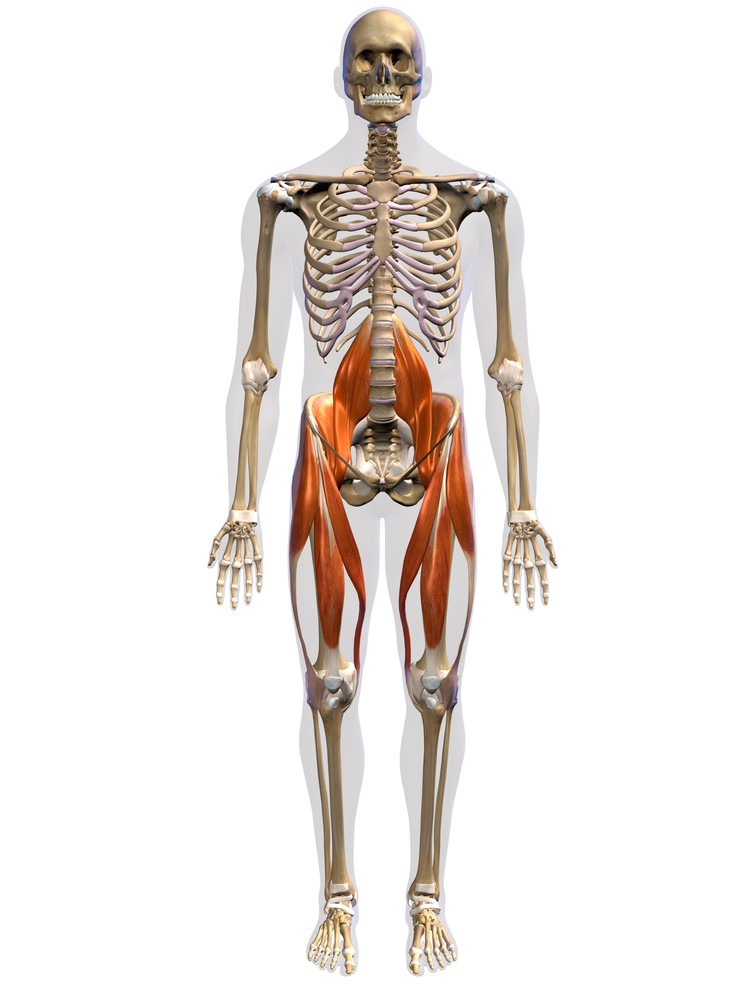
Common Groin Injuries- Iliopsoas Bursitis
A bursa is a fluid filled sac found in areas of the body where a tendon or muscle rubs over a bone. The function of a bursa is to decrease the amount of friction, if the bursa becomes inflamed it can swell causing compression and pain in the surrounding anatomical structures.
Behind the iliopsoas muscle lies a large bursa, this decreases the friction between the muscle and pelvic bone. Repeated running and kicking motions can give rise to irritation and inflammation of the bursa. Symptoms can include a deep ache into the front of the groin, pain with lifting the leg (i.e. marching position), snapping sensation, pain with crossing the legs .
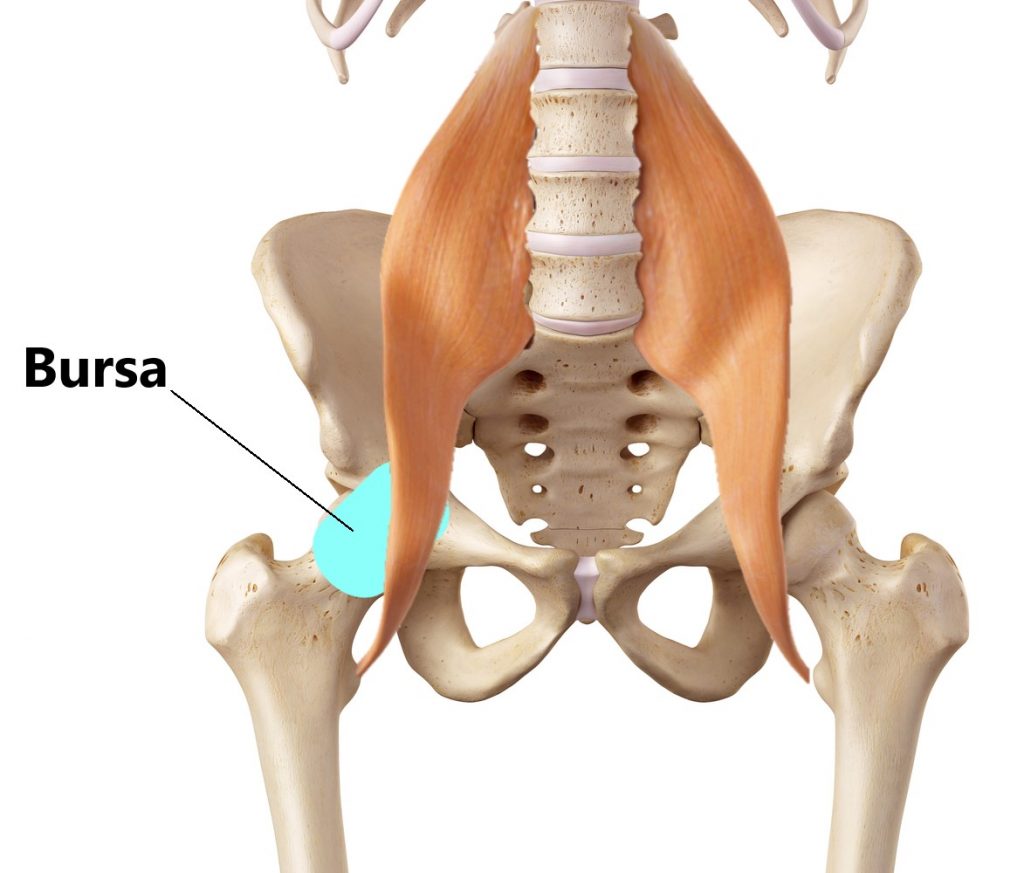
Common Groin Injuries- Adductor Tendinopathy/Groin Strain
The groin muscles attach onto the pelvis via a tendon. Inflammation and thinning of this tendon can lead to tissue tears. This can be due to overuse (i.e. playing sport) or sudden trauma (i.e. suddenly lunging sideways, leg slipping out sideways).
Symptoms can include pain over the groin and inner thigh, pain with side stepping, bringing the legs together and marching movements, pain during and after activity and difficulty pivoting and changing directions.
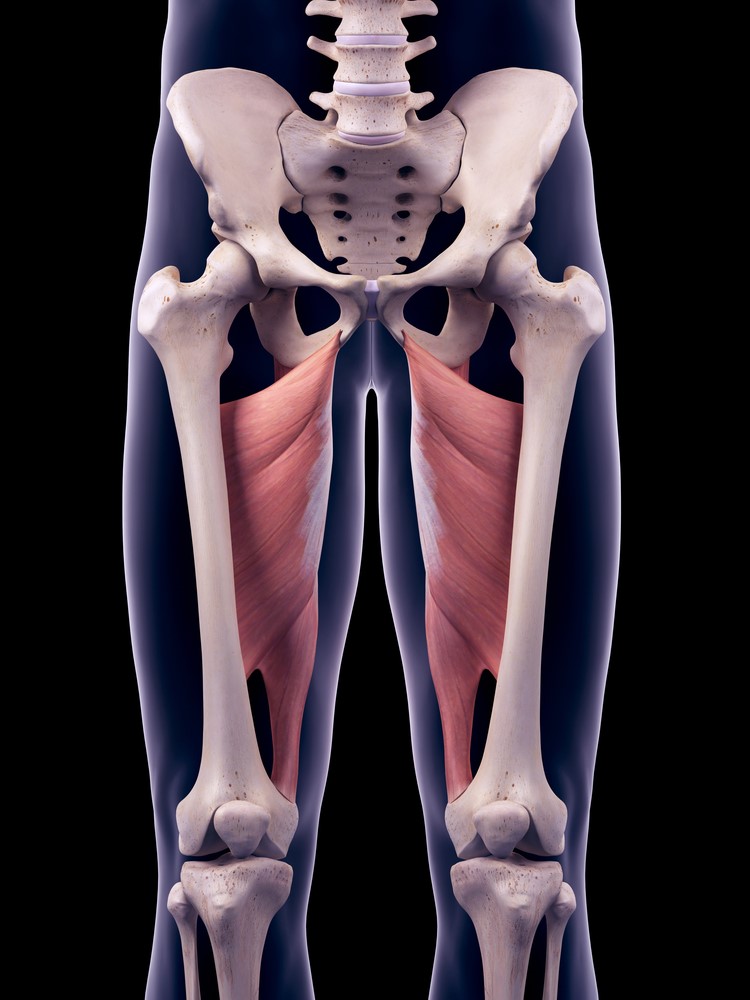
Common Groin Injuries- Inguinal Hernia
A hernia occurs when tissue (i.e. fat, intestine) pushes through a weakening in the abdominal wall resulting in a visible or palpable lump. The most common type of hernia is an inguinal hernia located over the groin.
Symptoms can include pain over the abdomen, groin and pelvic floor area, a visible/palpable lump and worsening symptoms with lifting, coughing and bending forwards. It is important to seek medical attention in these situations as surgical intervention may be required.
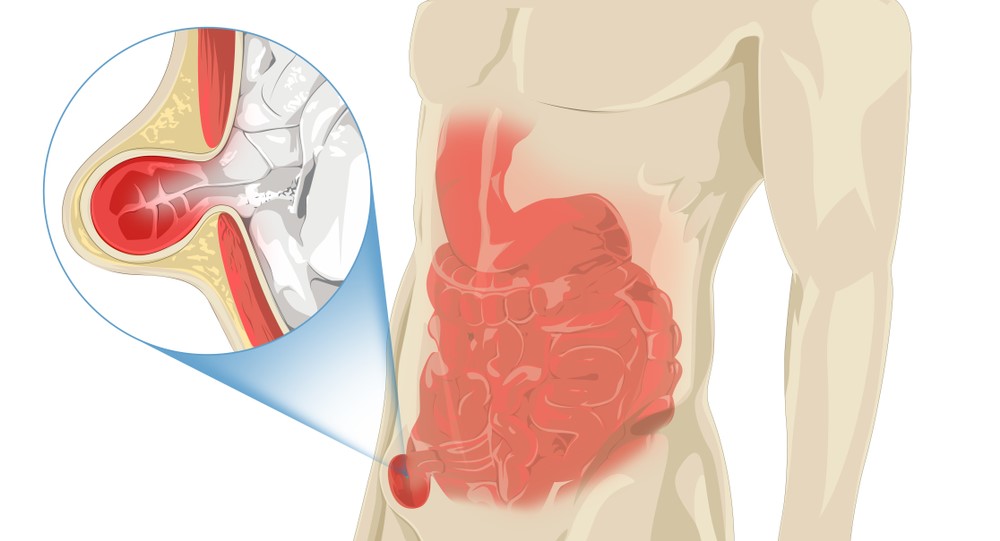
Please keep in mind the information provided is general in nature and should not be used as a substitute to consult your treating health professional. If you have any specific questions or require assistance with your individual treatment requirements please do not hesitate to contact MyFamily Physio Mona Vale, Northern Beaches Sydney.
Related Articles